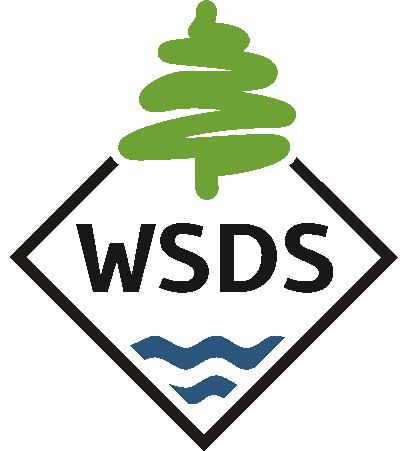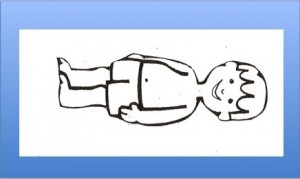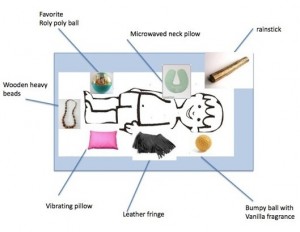Resonance Board
What’s the purpose of a Resonance Board?
A resonance board gives a child more feedback, which facilitates his development of spatial and auditory awareness and helps him become a more active learner.
“The special quality of the board is that any movement on its surface will produce amplified sound and matching vibration, and it will vibrate to music or voices aimed at it even if the sound-maker is not in direct contact with the wood. If you have a board, [other] professionals can be brought in to explore it, to experiment with it, and to collaborate in developing ideas to help individual children. Above all, let the children you know show you how to use the board, and let your imaginations and creative impulses run free together. Discovering these boards almost twenty years ago changed my life in the most positive ways, and I hope the discovery changes your life too.”
– David Brown
David Brown, a specialist in Deaf-Blindness from California Deaf-Blind Services, has elaborated on the use of resonance boards in an article located on the National Consortium on Deaf-Blindness website: http://www.tr.wou.edu/tr/dbp/dec2002.htm#resonance
Resonance Board: What is it?
Introducing the Resonance Board
Resonance Board: What About Feet?
Articles
Resonance Boards
By David Brown
This introductory article includes detailed instructions for building a resonance board, how to introduce it to a child, and other topics.
Items for Use with the Resonance Board
By Kathee Scoggin
This list is just a start. Use your imagination to think of items that might be interesting to a particular child.
| Phone, Hair ribbons with bells, Tissue paper, Fingernail brushes
Jingle bells Stuffed animal Measuring spoons Mylar pom pom Car keys Blocks with bells inside Cultural items Aluminum pans |
Hair dryer, Nail polish, Jewelry, Toothbrush
Hairbrush, comb Mirror Plate, cup, bowl, spoon, fork Musical instruments Salt shaker with beads inside Pair of glasses/ glasses case CDs Cooking utensils |
Placement of Items on the Resonance Board
By Kathee Scoggin
By placing the same objects in the same location on the resonance board in relation to the child’s starting position, you’re increasing the likelihood that he will develop “spatial memory” for those objects.
Step 1: Introduce child to the resonance board. (Refer to David Brown’s article above for guidance.)
Step 2: Then add items.
Learn More About Dr. Lilli Nielsen
Lilli Nielsen originally promoted the use of resonance boards with children with visual impairment and other disabilities. This website contains additional information.



